There are words that can powerfully evoke the sacred, profane and material belonging to the identity of the earth that is full of rocks, volcanoes, deserts and ash dust. One of these is precisely the term “ash” which projects in itself the echo of the well-known Latin expression, taken from Genesis, or “Memento homo, quia pulvis es et in pulverem reverteris” (“Remember man, dust you are and dust you will return “).
In this case we do not intend to give a glimpse of a discourse on the decomposition of bodies or on some religious concept with attached beliefs on complex issues such as life and death, but we follow the trajectories of the art of our time to have a free and investigator glance on the use of an unusual material, such as ash, with two different testimonies.
The fact that any material is used in contemporary art is now quite metabolized, from the last century to the present day, since the potential, virtues and heterogeneous visions of the gaze of art are infinite, sometimes even transgenic.
It is no coincidence that the ash dust is chosen as a tool to mark, create, transfer a transformational imprint with the vaporous and impalpably material grain of which it is composed. Precisely these tiny particles have enchanted and inspired the artist Zhang Huan, whose pronunciation will phonetically recall the Chinese city of Wuhan (from which the Covid-19 pandemic started), not far from the province of Henan, from which Huan comes. Don’t worry, having overcome the obstacle of this tongue twister, the rest of the reading will be easier.
Performer, complex and multifaceted artist, born in 1965, although he currently lives between New York and Shanghai, he has earned a prominent place in the international art scene, but above all in China, also for the use of incense ash, creating his Ash Paintings and Ash Sculptures.
For Huan, the use of ash – arrived at a mature phase of his artistic research – is a further experience of connection with the earth: the artist with the ash dust of the incense of the Buddhist temples in Shanghai creates large sculptures but also entire figurative visions.
The ash, known for its evanescent impalpability, is processed and treated to become the main material of his works, which symbolically contain particles of prayers and sacredness of Buddhist temples, but also the nomenclature of earthly dust, immortalized and solidified in sculptural works and paintings of contemporary art.
The result is his “ashy” creations such as those of the propaganda faces of Socialist Realism or some iconographic images and the face of Mao. It could be said that Huan has removed from the ash its natural destiny of dispersion in the dust of the air, proposing unusual visions where the dissolving of the ash gives way to a certain form of apparent immortality.
Instead, in another part of the world, a face emerges in an unusual way from the aesthetics of the precariousness and intangibility of this dusty residue: an image of a woman. But we must leave China to land on the highest volcano in Europe: Etna.
“A Muntagna”, with its ever new mouths and openings, for the Sicilians who live and contemplate it every day, is a continuous symbol of the breath of the earth, but also transformation, rebirth. It enchants, frightens, surprises and with its recent activity it has given shape to incredible paroxysms and extraordinary visions of outbursts of fire and lapilli with an adjoining lava ash fall throughout the Etna area, causing many inconveniences. Yet there are those who have managed to transform this discomfort into a mirage.
It happens with a ceramic artist, the Sicilian Angelika Antonella Finocchio, who celebrated the fall of lava ash on her terrace by drawing the features of a woman’s image: clear, with decisive signs, large eyes, almost a goddess, with a polyphemic gaze – but with two eyes – which seem to contain the feminine and the masculine.
Only the testimony of the photos will remain of this image because everything will return to the ether. So this drawing on the terrace of the house synthesized and reinterpreted in itself the strength of the belly of the “volcano” – towards which Sicilians recognize a feminine identity – and the precariousness of art as well as of sight itself. An act that is perfectly linked to the aesthetic of the sacred and the precarious typical of any performance, belonging to the visual arts.
This vision of a woman, who has traveled with posts and many views on social networks and on the web, evokes in us the belonging to the earth, a mother whose face, origin, nor sacredness we know in a world where often the brutality of events erased the images of visionary, dreamy and imaginative utopias. So, all that remains is to cherish this image, as a memory of a “naked appearance” that has returned to be “a pure part of the abyss”.
Nilla Zaira D’Urso
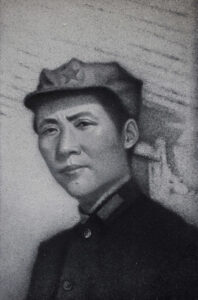 Zhang Huan, The World is Ours as Well, 2011
Zhang Huan, The World is Ours as Well, 2011
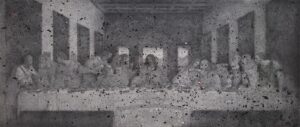 Zhang Huan, Ash Banquet, 2011
Zhang Huan, Ash Banquet, 2011
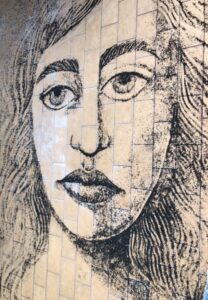 Angelika Antonella Finocchio, disegno con cenere lavica, 2021
Angelika Antonella Finocchio, disegno con cenere lavica, 2021

Through art she feels the need to get closer to nature, deciding to create an artistic residence on Etna as a “refuge for contemporary art” for artists and scholars. Thus was born Nake artistic residence. She won the Responsible Etna Award 2015. In 2017, she was invited to the Sala Zuccari, Senate of the Republic, as an art critic. She writes for Italian and foreign artists. Curator of the first Museum of Contemporary Art of Etna and of the “Contemporary Etna” project.



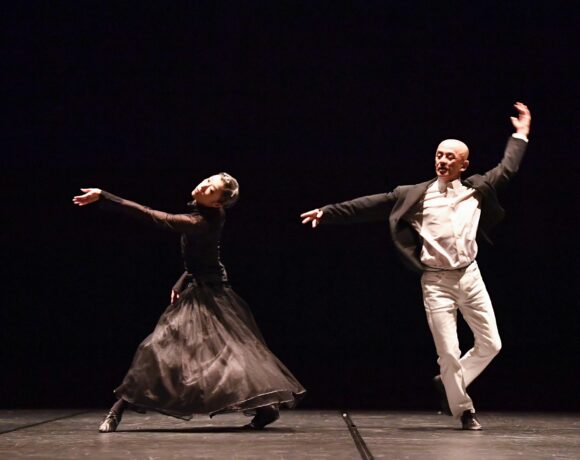
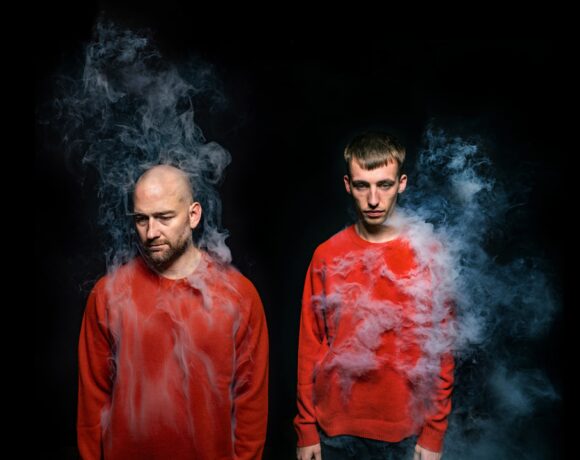

NO COMMENT